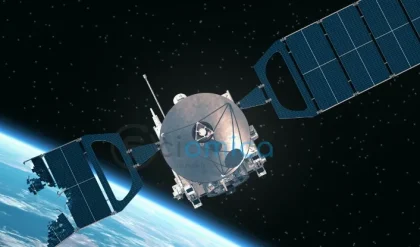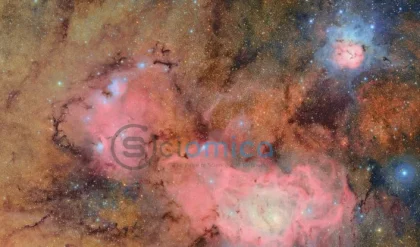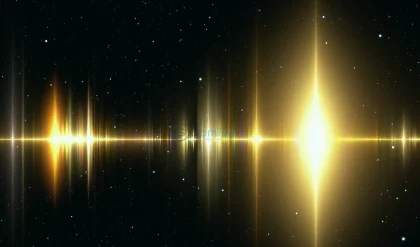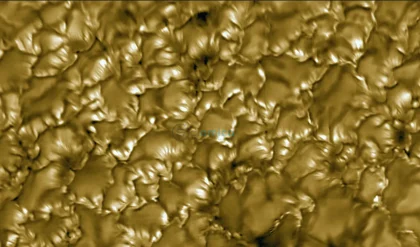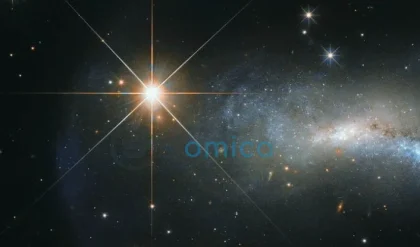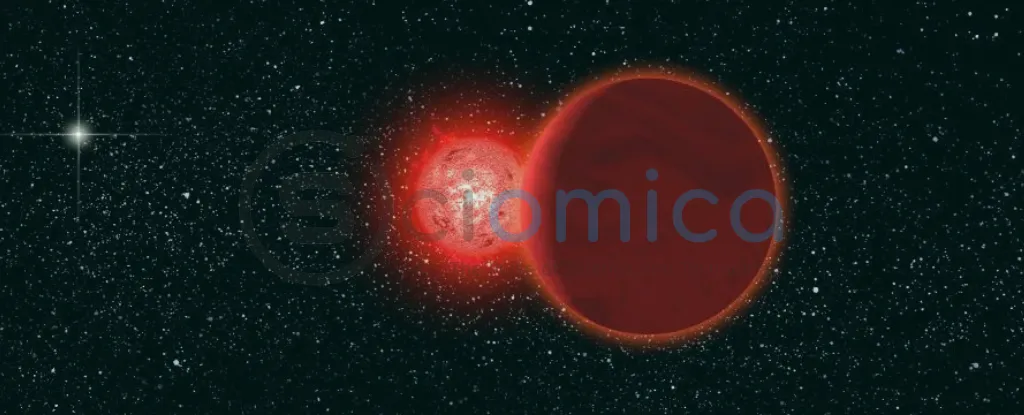
Recent research published in The Astrophysical Journal explores the impact of stellar flybys on Earth’s climate over the past 56 million years. The study, conducted by researchers Richard Zeebe from the University of Hawaii and David Hernandez from Yale University, challenges the hypothesis that passing stars have significantly influenced Earth’s orbital changes and climate.
For many, the Solar System appears stable, dictated by regular patterns like Earth’s rotation and the Moon’s phases. But, it turns out, everything is in motion and constantly interacting with one another. The concept of a stellar flyby refers to a star passing close enough to our Solar System to potentially disrupt its dynamics. In the wider universe, such occurrences are more common, yet in our relatively sparse area of the Milky Way, they are rarer.
The most notable instance of a stellar flyby occurred approximately 70,000 years ago when Scholz’s star traversed the Oort Cloud—the region at the fringes of the Solar System housing long-period comets. Though this flyby may have disturbed some comets, the aftereffects wouldn’t be observable for millions of years, making it difficult to assess the event’s influence on Earth.
Previous studies have suggested that stellar flybys could have significant ramifications for Earth’s paleoclimate, particularly during pivotal climatic events like the Paleocene-Eocene Thermal Maximum (PETM) around 56 million years ago. This era saw a dramatic global temperature increase, attributed to factors such as volcanic activity and methane release, causing substantial shifts in ecosystems and the emergence of various life forms.
The new research by Zeebe and Hernandez employed advanced Solar System models, conducting 400 simulations and observing 1,800 stellar flybys. The authors assert that, contrary to other studies which indicated that flybys might have affected Earth’s climate changes, their comprehensive modeling—including the Moon’s stabilizing effect—demonstrates no significant influence from stellar flybys on Earth’s paleoclimate.
Their findings underscore the importance of detailed and accurate models to study the long-term evolution of both climate and orbital dynamics. They note that many previous models simplified the Solar System’s complexities—often excluding significant components like the Moon—which may have led to erroneous conclusions.
While the debate continues, and researchers like Nathan Kaib and Sean Raymond suggest that stellar flybys could alter the gravitational interactions within the Solar System, Zeebe and Hernandez urge caution in attributing past climate changes to flybys without considering a complete range of contributing factors.
Moving forward, the study of upcoming stellar flybys is as crucial as ever. For instance, Gliese 710, an orange dwarf star, is projected to pass within 0.1663 light-years of our Solar System in about 1.29 million years, with a significant probability of provoking a cascade of comets into the inner Solar System. The implications for Earth’s climate remain uncertain.
Ultimately, understanding the multifaceted relationships between stellar movements, orbital dynamics, and climate change calls for meticulous research and innovative modeling to capture the complexities of these cosmic interactions accurately.

